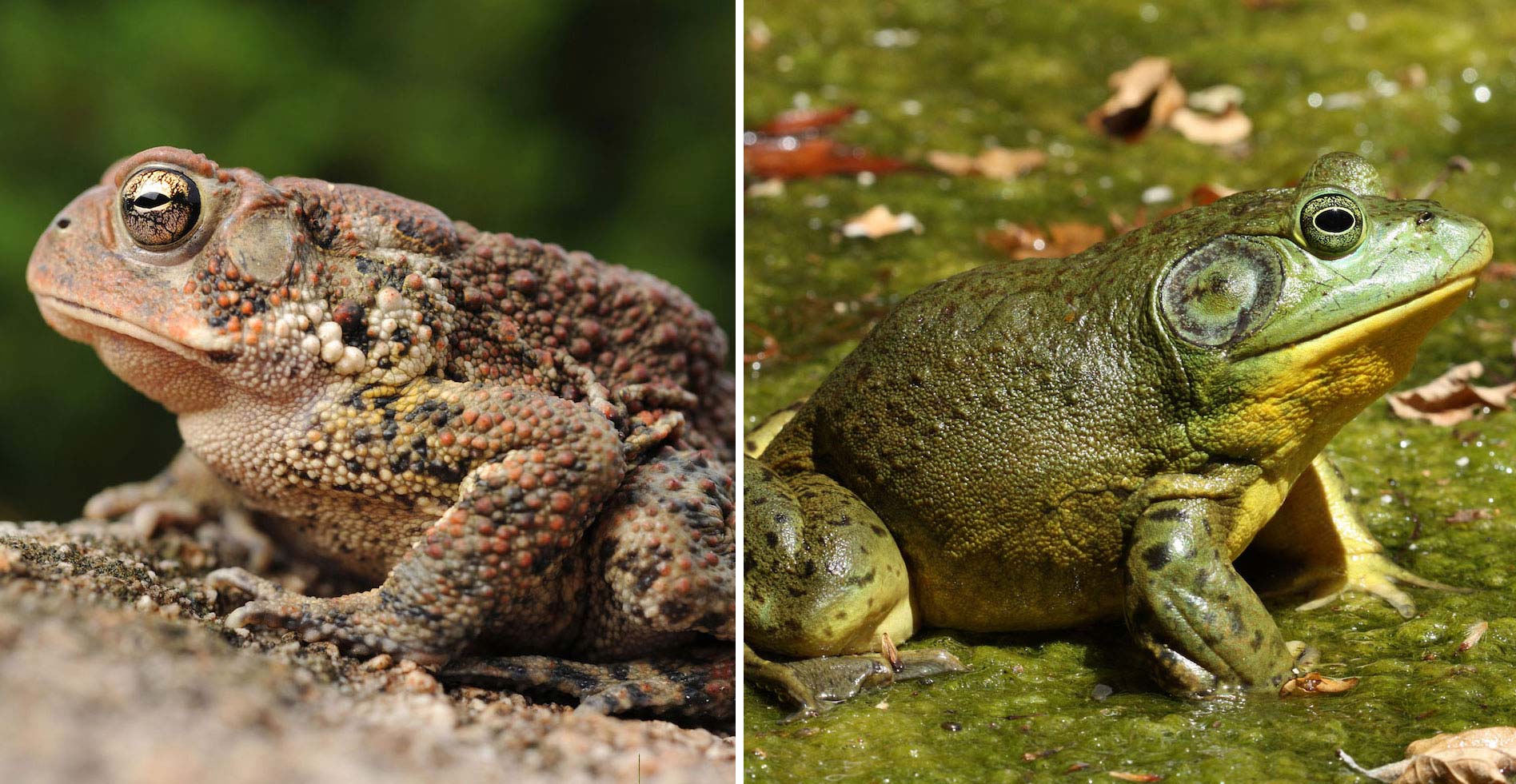Toad And Frog

In the enchanting realm of amphibians, two charismatic creatures often steal the spotlight with their charming antics and unique lifestyles: the toad and the frog. While they may seem similar at first glance, these fascinating creatures boast distinct characteristics that set them apart in the intricate tapestry of the natural world.
Toads and frogs belong to the same taxonomic order, Anura, which comprises over 7,000 species worldwide. Despite their shared ancestry, toads and frogs have evolved to thrive in diverse habitats, adapting to a wide range of environmental conditions. Let’s delve into the captivating world of these amphibious wonders and explore what makes them truly remarkable.
A Tale of Toads and Frogs
Toads, with their rugged appearance and warty skin, often evoke images of mystical creatures from folklore. Their dry, bumpy skin serves as a protective shield against predators and helps to retain moisture in arid environments. Toads are renowned for their remarkable ability to survive in harsh conditions, ranging from deserts to forests. They possess specialized glands behind their eyes, known as parotoid glands, which secrete toxins as a defense mechanism against predators. These toxins, such as bufotoxin, can cause irritation or even prove fatal to certain animals, underscoring the toad’s formidable defense strategy.
In contrast, frogs exhibit a sleeker, more streamlined appearance, adorned with smooth, moist skin that enhances their agility in aquatic habitats. Their slender bodies and long hind legs enable them to leap great distances, making them adept hunters and evasive prey. Frogs are typically associated with freshwater environments, where they lay their eggs in clusters or jelly-like masses, often attached to vegetation. One of the most fascinating aspects of frog reproduction is their remarkable metamorphosis from aquatic tadpoles to terrestrial adults, symbolizing nature’s transformative power.
Understanding Nature’s Amphibious Wonders
Beyond their physical differences, toads and frogs also display distinct behavioral patterns and vocalizations. Toads are often nocturnal, preferring to forage under the cover of darkness, while frogs may be active during both day and night, depending on the species. During the breeding season, male frogs produce elaborate calls to attract mates, showcasing a diverse array of vocalizations that range from melodic trills to rhythmic croaks. Toads, on the other hand, typically emit short, high-pitched calls that serve as a means of communication during courtship.
Both toads and frogs play vital roles in maintaining ecological balance within their respective ecosystems. As predators, they help regulate insect populations, including mosquitoes and agricultural pests, thereby mitigating the spread of disease and minimizing crop damage. Additionally, their permeable skin makes them sensitive to changes in environmental quality, serving as indicator species for ecosystem health. By monitoring the abundance and distribution of toads and frogs, scientists can assess the impact of habitat degradation, pollution, and climate change on vulnerable amphibian populations.
Conclusion
The world of toads and frogs is a testament to nature’s boundless creativity and adaptability. These extraordinary creatures captivate our imagination with their diverse forms, behaviors, and ecological roles. Whether lurking in the shadows of a moonlit pond or serenading the night with their melodious calls, toads and frogs remind us of the intricate interconnectedness of life on Earth. As stewards of the natural world, it is our responsibility to safeguard these amphibious wonders and ensure their continued survival for generations to come.





